The majority of techniques benefit from the creation of the glycosidic C—C bond. The glycosyl donor precursors, which are often utilised in the synthesis of O-glycosides and are simple for non-specialists to obtain, are used here to group these C-glycosylation techniques. They consist of glycosyl halides, glycals, sugar acetates, lactols, lactones, 1,2-anhydro sugars, selenoglycosides/telluroglycosides, methyl glycosides, and glycosyl imidates/phosphates. Each form of sugar precursor is treated as a subcategory under the C-glycosylation processes, which can be mediated by glycosyl electrophilic/cationic species, anionic species, radical species, or transition-metal complexes. The Claisen, Ramberg-Backlund, and 1,2-Wittig rearrangements are only a few examples of intramolecular rearrangements, which often include coordinated processes and fall under the category of C-glycosylations. The development of pyranoside/furanoside rings following the creation of the C-glycosylations provides an alternative to the C-glycosylations.
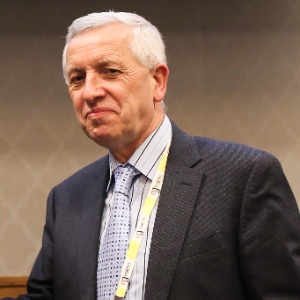
Stanislaw Dzwigaj
Sorbonne University, France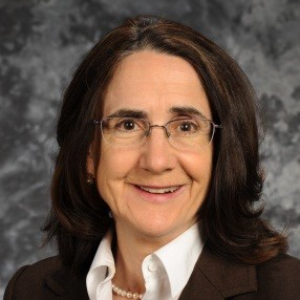
Anne M Gaffney
University of South Carolina, United States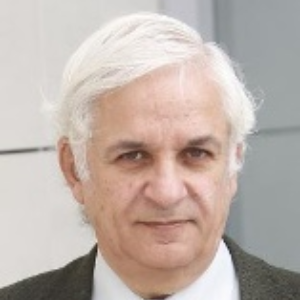
Victor Cerda
University of the Balearic Island, Spain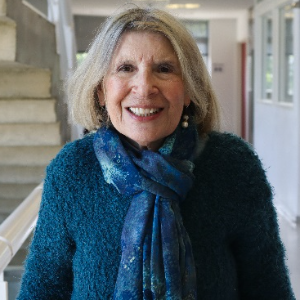
Marta I Litter
Sapienza University of Rome, Italy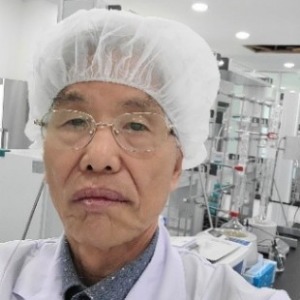
Dae Dong Sung
Korea University Sejong Campus, Korea, Republic of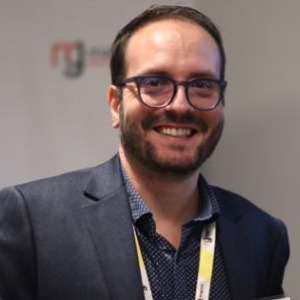
Enrico Paris
CREA-IT & DIAEE, Italy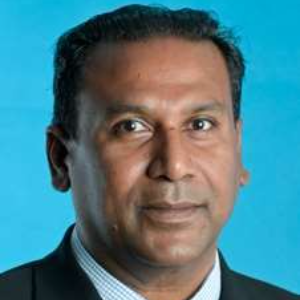
Collin G Joseph
University Malaysia Sabah, Malaysia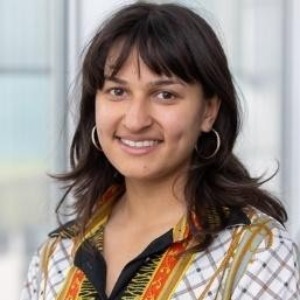



Title : A desirable framework for establishing a resource circulation society
Dai Yeun Jeong, Jeju National University, Korea, Republic of
Title : Design of efficient and stable structured catalysts for biofuels transformation into syngas by using advanced technologies of nanocomposite active components synthesis, supporting on heat conducting substrates and sintering
Vladislav Sadykov, Novosibirsk State University, Russian Federation
Title : Application of vanadium, tantalum and chromium single-site zeolites in heterogeneous catalysis
Stanislaw Dzwigaj, Sorbonne University, France
Title : Personalized and precision medicine (ppm) as a unique healthcare model through bi-odesign-inspired bio- and chemical engineering applications to secure the human healthcare and biosafety: Engineering of biocatalysts - from evolution to creation
Sergey Suchkov, N.D. Zelinskii Institute for Organic Chemistry of the Russian Academy of Sciences, Russian Federation
Title : Catalytic potential of biochar derived from heavy-metal-contaminated biomass
Enrico Paris, CREA-IT & DIAEE, Italy
Title : Effective B2O3 modified Ni/Al2O3 co precipitated catalysts for waste cooking oil transformation into green diesel
Eleana Kordouli, University of Patras, Greece